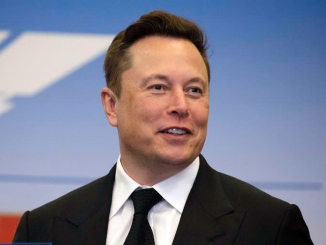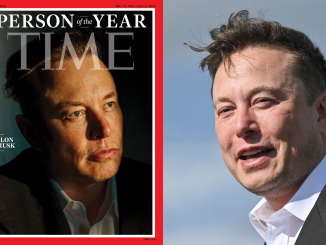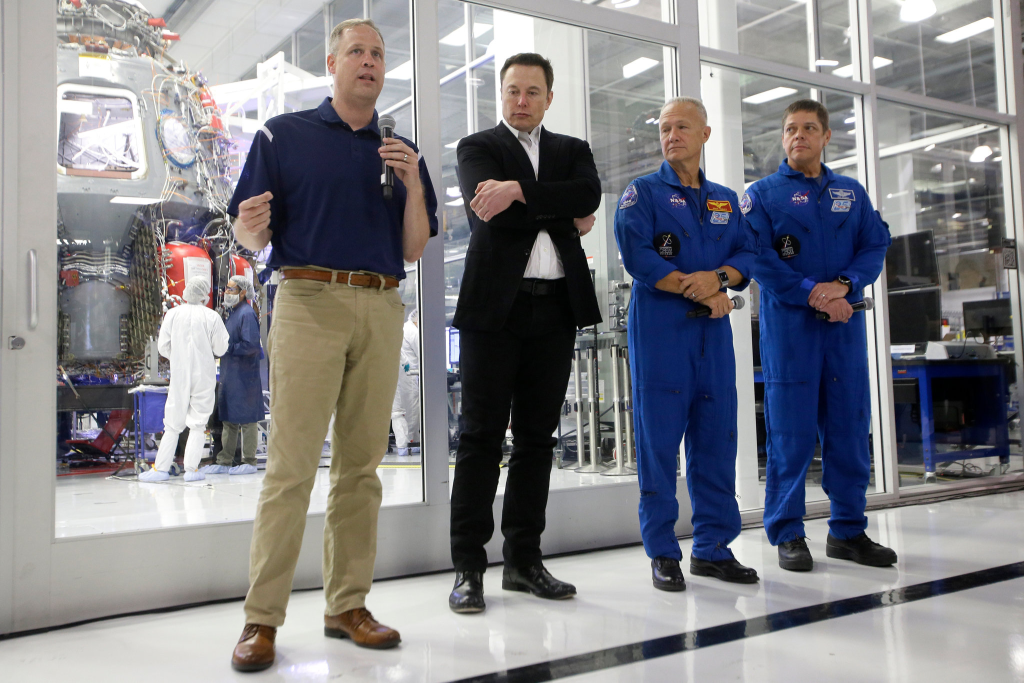
Elon Musk, the world’s most influential entrepreneur in space exploration, is not content with merely supplying rockets to NASA — he now appears to be maneuvering to steer the agency itself. Despite SpaceX already being NASA’s largest private contractor, Musk’s ambitions are expanding beyond collaboration into what increasingly looks like a quest for strategic dominance.With a combination of personal influence, political connections, and well-timed appointments, Musk is reportedly exerting significant pressure to refocus NASA’s goals — away from the Moon and toward his long-held dream: Mars colonization. If successful, the move could not only redefine NASA’s trajectory but also cement SpaceX’s position as the centerpiece of America’s space future, raising serious concerns about conflicts of interest, oversight, and the future of public spaceflight.According to a recent Wall Street Journal report, Elon Musk has been actively encouraging NASA leadership to deprioritize its long-standing Artemis Moon program in favor of his preferred destination — Mars. In Musk’s view, the Moon is not a stepping stone but a distraction, a detour from the interplanetary goal that has defined SpaceX’s mission since its inception.
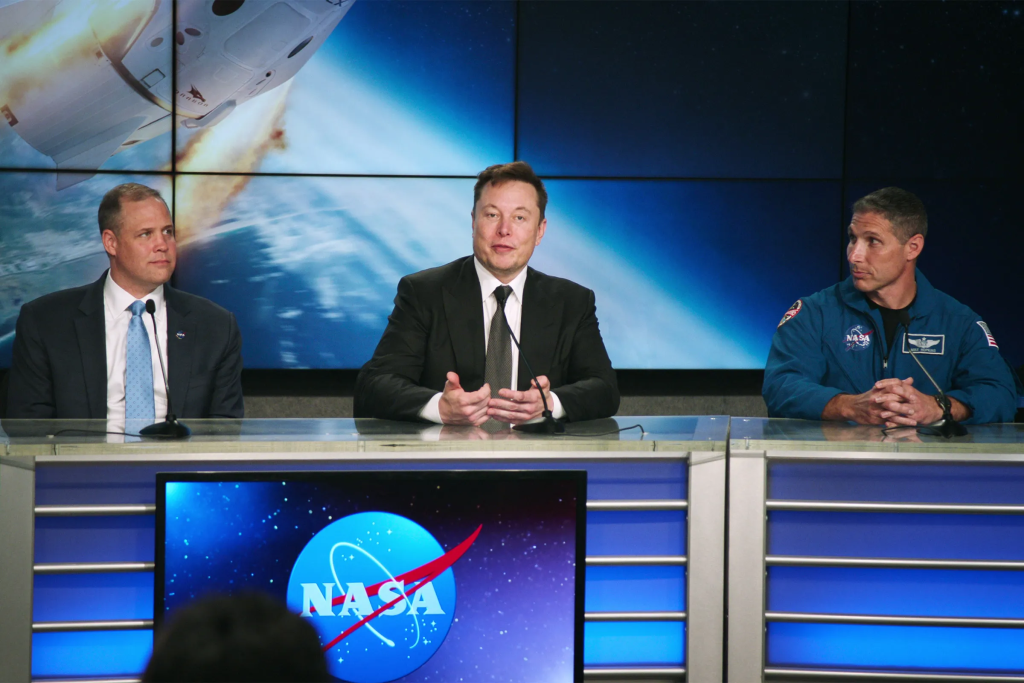
In another post, he lambasted the Artemis program, calling it “extremely inefficient” and a “jobs-maximizing program, not a results-maximizing program.” These public critiques mirror behind-the-scenes efforts to pivot the agency’s priorities.Sources within NASA and the White House suggest that Musk and SpaceX have communicated a clear desire to redirect resources from lunar exploration to Mars-focused initiatives — particularly those led by SpaceX’s massive interplanetary vehicle, Starship.This strategy, if realized, could funnel billions of taxpayer dollars toward Musk’s private ventures and away from legacy NASA projects, including the agency’s flagship Space Launch System (SLS), which has been under development for more than a decade.Musk’s potential to shift NASA’s mission relies not only on his personal lobbying, but on the strategic placement of allies within the federal space apparatus. One of the most significant developments is the expected appointment of billionaire Jared Isaacman as the next NASA Administrator.Isaacman, who previously flew with SpaceX as a private astronaut, is not just a loyal customer — he is a close associate of Musk and an enthusiastic proponent of his Mars agenda.
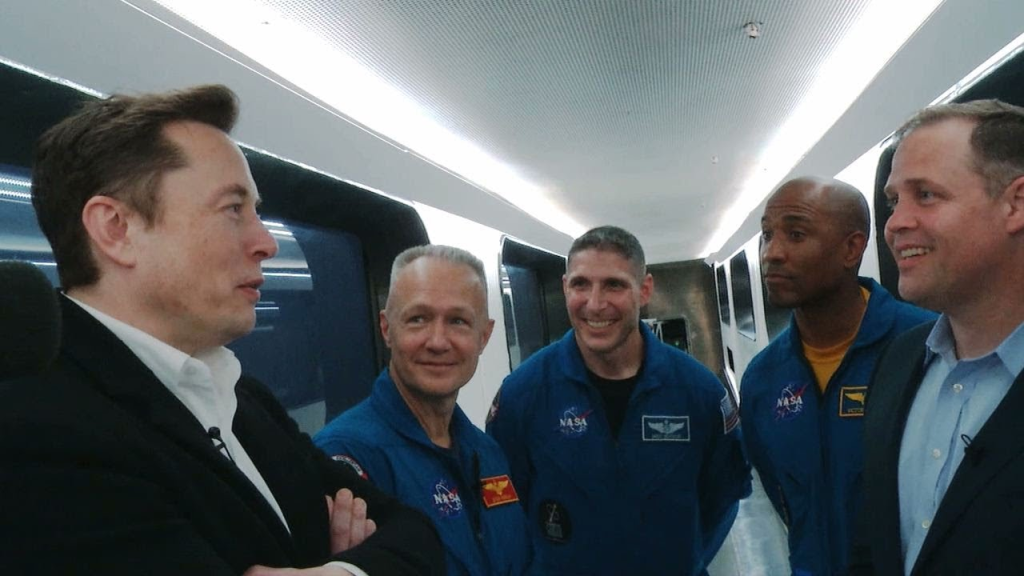
According to WSJ, Musk has personally reached out to Isaacman to express his desire for a stronger Mars-first policy and to align their visions. This relationship could be pivotal in reshaping the direction of the space agency from within.Adding to this growing influence, longtime SpaceX executive Michael Altenhofen, known to be close to Isaacman, was installed as a senior NASA advisor in January. These appointments suggest a deliberate effort to embed SpaceX’s culture and goals into the heart of NASA leadership — and in doing so, potentially override decades of scientific, engineering, and congressional planning.SpaceX’s leverage over NASA is not hypothetical — it’s already materializing in policy debates and budget considerations. Earlier this year, NASA underwent significant layoffs, attributed in part to funding constraints exacerbated by Musk’s role in the Department of Government Efficiency (DOGE), an entity created under the Trump administration to streamline federal spending.NASA workers received abrupt notices and lost scheduled time-off awards, deepening internal concerns about how cost-cutting measures could undermine long-term exploration goals. At the same time, SpaceX has been vocal about eliminating what it calls “redundant or outdated” programs — including the SLS rocket.
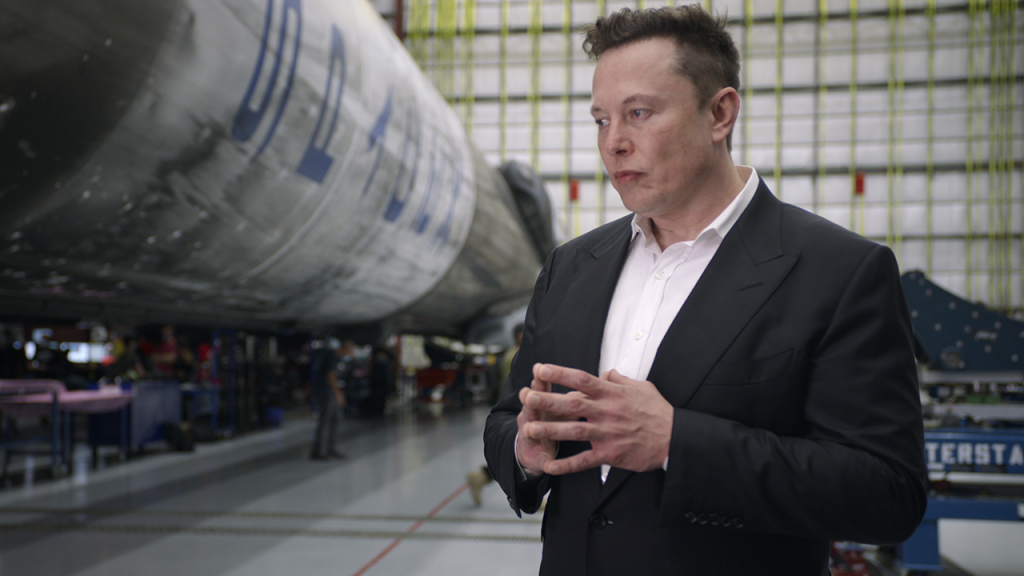
While SLS has reached significant milestones, including stacking its core stage and solid boosters for the upcoming Artemis II mission, its future now appears to be under threat. Sources told WSJ that the White House is actively considering whether to cancel the SLS program — a move that would have been unthinkable just a few years ago.Eliminating SLS would free up billions in funding — and conveniently, much of it could be redirected toward Mars-focused missions, with Starship poised as the most viable launch vehicle. The implications are staggering: a wholesale reallocation of public funds to a privately developed and operated rocket system controlled by Musk.NASA’s Artemis program has long enjoyed bipartisan support, framed not only as a return to the Moon but as a strategic imperative to compete with China’s lunar ambitions. Scrapping it in favor of Musk’s Mars vision risks political fallout.Representative Brian Babin (R-TX) responded sharply, saying: “Starship? I want success out of it. But for us to beat the Chinese… it’s going to have to be SLS that does it.” His comments reflect broader unease in Congress about relying too heavily on a single private contractor for the nation’s deep space ambitions.Internationally, Musk’s growing dominance has already drawn skepticism. SpaceX’s Starlink has become a key component of Ukraine’s communications during the war, but the company has also faced setbacks abroad.
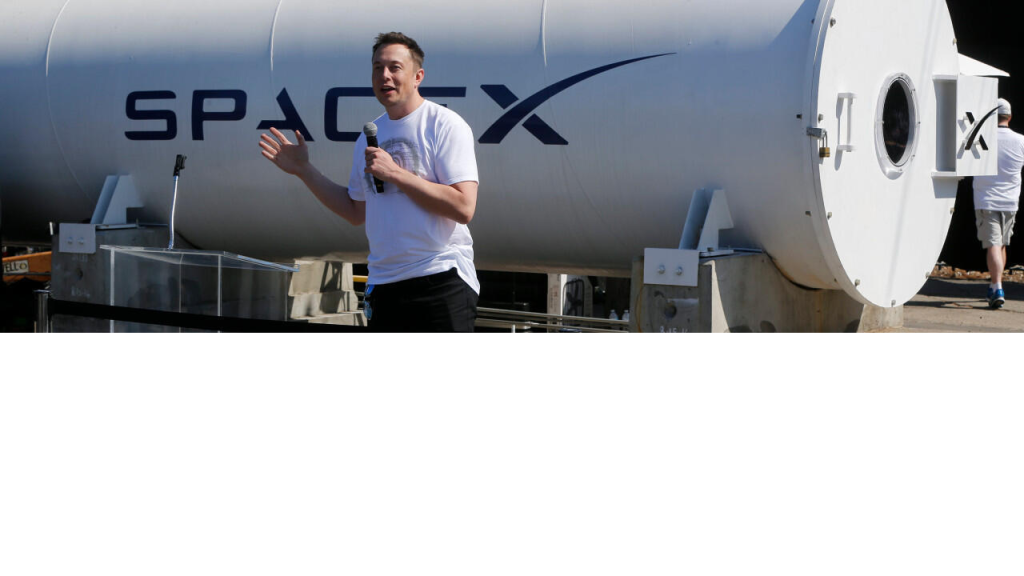
Italy has recently halted negotiations with SpaceX, citing concerns about its alignment with U.S. foreign policy. Meanwhile, Ontario, Canada, canceled a Starlink contract, potentially in response to Musk’s increasing entanglement with domestic and international politics.At the heart of this unfolding drama is a fundamental question: Can one man — even a visionary like Elon Musk — be allowed to reshape the mission of a government agency to align with his personal goals?The answer remains deeply controversial.Musk’s dual role as both government official and private sector CEO presents a conflict of interest rarely seen at this scale. His Department of Government Efficiency has already targeted NASA and the Federal Aviation Administration (FAA) for budget cuts — agencies that regulate and partner with his companies.In particular, SpaceX has clashed repeatedly with the FAA over launch permits and environmental reviews for Starship. Now, reports suggest Musk’s DOGE may be aiming to weaken FAA authority altogether — effectively reducing regulatory oversight on his own launches.
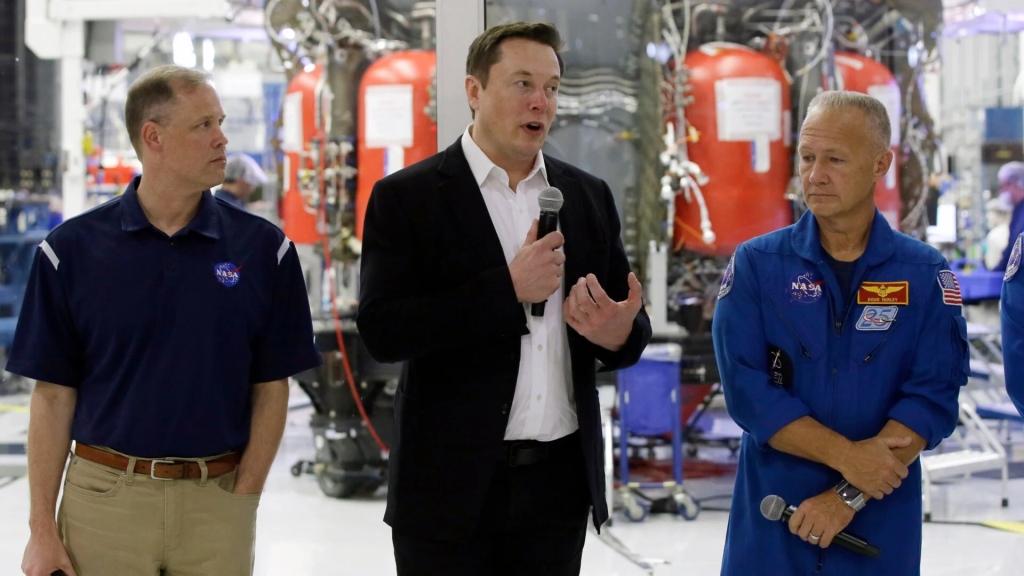
This consolidation of influence raises red flags not only in terms of competition but also in democratic governance. Watchdog groups and members of Congress have called for greater scrutiny into how government appointments and policy changes are benefiting Musk’s businesses.NASA has not formally announced any change in direction regarding the Artemis program. A spokeswoman told the Wall Street Journal that the agency “remains committed to returning Americans to the lunar surface,” though many within the space community are reading between the lines.If Isaacman is confirmed as NASA administrator, the direction of the agency could shift rapidly. Musk’s vocal stance on abandoning lunar missions in favor of Mars exploration would likely find a willing partner in Isaacman and a powerful supporting cast within NASA’s leadership.But that path won’t be easy. Artemis has congressional allies, deep public support, and significant milestones already achieved. Reversing course now would come at a steep financial and political cost.Elon Musk’s ambitions are no longer limited to technological innovation. His influence now reaches deep into the policymaking structures that govern the U.S. space program.What began as a private sector partnership has evolved into a power struggle for the soul of NASA — with Musk on one side, and decades of tradition, planning, and democratic process on the other.Whether the United States goes to the Moon, Mars, or both will be decided not only by science, funding, or public will — but also by how much power one billionaire is allowed to wield over the future of space exploration.
